What is Raster File?A raster file is a rectangular array of regularly sampled values. It is also known as Pixels. There are one or more numbers assigned to each pixel (picture element), indicating the color that should be used to show the pixel. Three 8-bit (24-bit total) color values (range from 0-255) are used to specify each pixel in the most basic representation of an image. These values reflect the proportions of red, green, and blue in each pixel. Black, white, 254 shades of grey, and a wide range of colors can be created by combining the hues red, green, and blue in the appropriate ratios (16,777,216 colors total). A very basic definition of an image is as follows: a three by 3 ascii PPM image with the colors black, medium red, full red, medium grey, medium green, full green, white, medium blue, and full blue listed from upper left to lower right. Also, it is displayed as an expanded image (in the GIF format, as most web browsers cannot display the PPM format shown), where each pixel is repeated as a 5050 square of a single solid color. One of the primary two file types used for digital photos is a raster and a vector. Raster files' capacity to store finely detailed graphics and excellent digital camera photos is one of their advantages. Discover raster images' key characteristics, typical applications, and differences from vector images. Raster and vector are the two primary forms of digital image files, and Raster images are the same as detailed graphics and digital photographs. Raster files often used nowadays include JPEG, PNG, and GIF pictures. However, raster images can distort or blur when resized to fit a bigger or smaller space because their pixel number is fixed. Since vector pictures are composed of mathematical formulas that may be scaled up or down indefinitely, they are more frequently employed for drawings and logos. As a result, unlike pixels, vectors retain their resolution when scaled up or down. Once processed, raw photo files-which are composed of uncompressed image data directly extracted from a camera's sensors-are often converted to raster files. What use do raster files serve?The raster files perform best when you need to store and display high-quality photos, and it is also known as a bitmap. Whether they are digital or print, the majority of images are in the raster file format. You can alter individual pixels within a raster file to alter the appearance of a photograph using software like Adobe Photoshop. However, the size and resolution of each raster picture are constrained by the unique dimensions and pixel count that it has. An image with insufficient pixels can become pixelated if its size is increased, which is often undesirable. It's why graphics or logos that need to be used across a number of sizes generally originate in vector form. Raster file advantages and disadvantages.Raster files advantages :
Raster files disadvantages :
Can raster pictures serve as brand logos for businesses?If your logo will only be used in one location and its size won't change, as on a business card, a raster picture might work. A vector file would be a preferable option because it won't lose resolution if your logo needs to be enlarged for various uses in print and online, such as on posters, business cards, or website pages. How many pixels are allowed in raster files?The number of pixels in each raster file will vary based on the image's intricacy and quality. High-end digital cameras are likely to capture intricate images with millions of pixels, which reflects the level of detail displayed. But always keep in mind that a greater pixel count typically causes a larger file size. Formats for Raster Image Files on the Web:JPEG: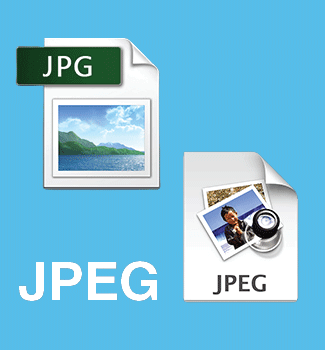
The majority of digital cameras output JPEG images internally, and it is the most used image format on the Internet. JPEG images can have their compression level changed and normally do so when they gain a 10:1 compression, which results in a noticeable loss in image quality. The file extension of the JPEG file is .JPEG or .JPG. A JPEG image can be edited or compressed without much difficulty. However, once edited, a high-quality JPEG image cannot be restored to its original quality. Nonetheless, JPEG images are more widely used than other image formats due to the benefit of compression. Even though it cannot be used for drawings or iconic visuals that need to be enlarged, reduced picture data and compressed image format are useful for responsive presentation on the web. Since JPEG uses a lossy compression technique, it is inappropriate to create image data for use in medicine and science. Even after multiple edits, it will never regain its former quality. Most designers are unaware of the fact that JPEG/JPG files can also include a variety of add-ons, such as Clipping Paths, EXIF, Meta Data, and more. JPEG does not enable transparency on the web, which is a downside of utilizing it. JPEG 2000:Both lossy and lossless storage is available in this format. Quality and compression ratios are improved by using compression techniques. The features that JPEG lacks are also present in this file format. Although it is no longer as popular as standard JPEG, this format is still utilized in professional movie editing, particularly for single movie frames. GIF: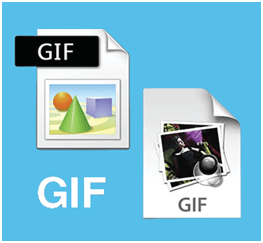
GIFs have become very popular on the web for quick animations. They are currently utilized in a number of chat programs in place of emoticons. Yet, rendering clear visibility on the web is equally necessary for scanned images with text and all other images with words. GIF is a bitmap image format growing in popularity due to its widespread use and portability. GIF allows for up to 8 bits per pixel for both animation and still images. Moreover, it permits each frame to have its own 256-color palette. The Lempel-Ziv-Welch lossless data compression technique decreases the file size without sacrificing visual quality. Due to the ease with which a GIF image may be downloaded, even on extremely sluggish networks, this image format has become popular. PNG: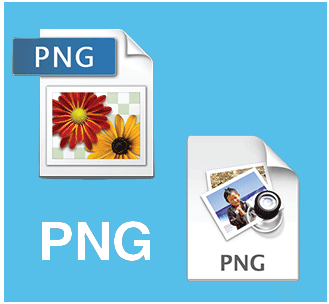
PNG is an abbreviation for Portable Network Graphics. It is a raster picture format that provides backdrop transparency and lossless data compression. In reality, PNG images are the ideal choices for professionals involved on the web because they have transparent effects. The PNG image format is compatible with RGB images in full color, grayscale, and palette-based pictures. Its file extension is .png, and PNG image format is required if you want an image with a transparent backdrop. The main purpose of this picture format is to provide translucent image backgrounds for logos, banners, and similar items. EXIF:The JPEG-writing software and capturing devices include it even though it isn't technically an image format (camera). Essentially, it is made for transferring image metadata. A variety of metadata can be stored in the EXIF format, including camera settings, image capture time and date, shutter speed, image exposure and information about the camera's name, size, compression, color, and most crucially, geographical location. Bitmap/BMP: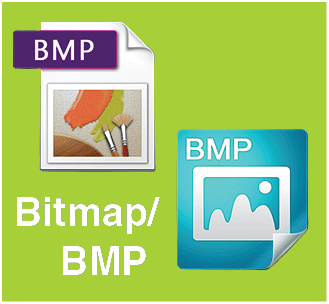
It is also known as a dot matrix data structure, bitmap image file, or raster graphics file. Bitmap digital images are stored there without regard to limitations imposed by displays. This file format may hold digital photographs in two dimensions, and it is able to store raw image data. One of the numerous benefits of bitmap formats is that they may be saved in a variety of other raster formats while maintaining their quality. The majority of virtual devices support it. BMP was widely used before JPG. PSB: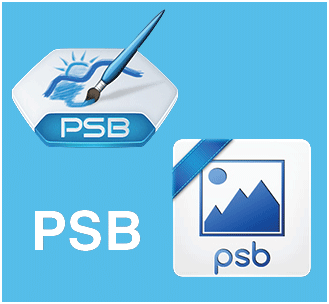
Photoshop Big is known as PSB. A PSD image file can have a maximum resolution of 30,000 by 30,000 pixels and is the main picture file based on layers. But, in the event that you require large files, you can utilize a PSB file, which can have a maximum resolution of 300,000 by 300,000 pixels. It is because a PSD file can only be expanded to 30,000 pixels. For use with different software, PSB files can be exported into TIFF. DCS:The Desktop Color Separation (DCS) image file format is a descendant of EPS. An assortment of EPS files makes up DCS. You may have some OPI functionality with the file format, which is the main benefit of using this file. In the past, before Macs, PCs, and other tools as advanced as they are today, the DCS file format was quite effective. Using the DCS format will enable you to create and print color separations more quickly since DCS files contain unique EPS files for each plate. In the same way that EPS files have a preview image, so can you. JPS: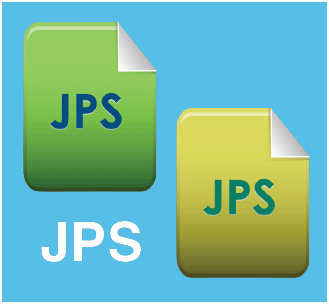
JPS files store the Stereoscopic images, which are actually JPEG files. Stereo photos typically consist of two identical copies of the same image placed side by side. Little differences in lighting or perspective can be seen in such an image. Viewers will be able to observe a 3D effect from 2D photographs in one of three ways due to this image format. WebP: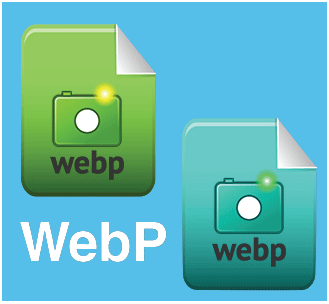
It is a brand-new image created by Google. It can be used for lossy and lossless compression, and web page loading time is increased by reducing image file size. The primary file type for photographers using this format is a JPEG file. SPIFF: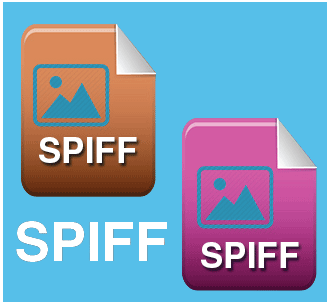
It has the ISO designation and is the accepted file format for JPEG images. Compared to other formats like JPEG, this file format provides flexible color management, additional metadata capacity, and compression. Yet, it is not widely supported. BPG: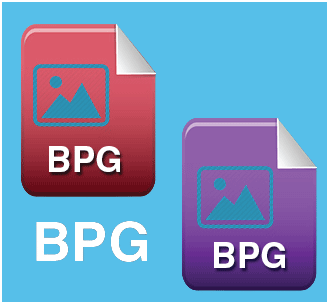
This new image format was developed to take the place of JPEG to address quality and file size issues. It has a high compression ratio and a substantially smaller file size than JPEG. The majority of web browsers support it. Lossless compression is supported, as well as all color spaces. Furthermore, supported are several Metadata. It is a fresh image format that will take the place of JPEG. There are several benefits to it. The files are substantially smaller and have a high compression ratio. The majority of web browsers support it. All color spaces are supported, and this format can minimize conversion losses. It can also deliver lossless compression and metadata. HEIF: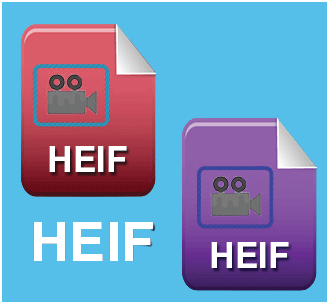
Essentially, it is an image container format. This file can incorporate various media streams, including timed text, audio, and other media, and is compatible with ISO-based media file formats. Digital cameras, smartphones, websites, and picture applications connected to the internet all support this format. Non-web Image Formats:RAW: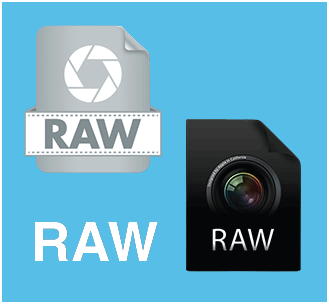
These pictures have not been edited, and thus, they are not prepared for printing. The photographs in this format are also known as digital negatives since they retain every piece of information just like an old negative and, in some circumstances, even more information than one with little to no loss of data or metadata. Further benefits of using raw files include the ability to edit photographs without causing any damage to the original file, the ability to record brighter light and easily modify the white balance, the ability to repair overexposed and underexposed images easily, and more. Also, using RAW format will improve your ability to choose the print and color space for your output. PSD: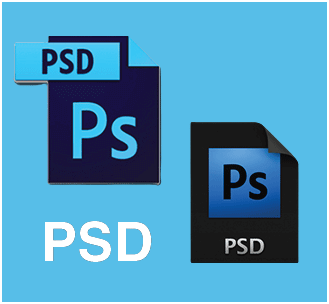
The primary format produced by Photoshop is called a PSD or Photoshop Document. It is an image file that contains a proprietary file with layers. With its various levels, it can always be altered. To make an image usable on the web, the user can flatten it into different image formats. Before converting PSD files into other formats, you must save the PSD files beforehand lest you lose the PSD. A PSD file's maximum dimensions are 30,000 pixels wide and height, with a 2 GB file size limit. TIFF: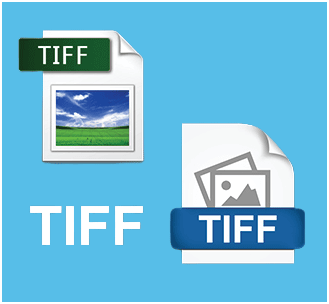
It is a shortened version of the Tagged Image File Format that stores raster graphics. Print media, photographers, and graphic designers all like this format. Apps for page layout, word processing, faxing, optical character recognition, desktop publishing, scanning, and desktop publishing. TIFF can store image data in a lossless format and is versatile and adaptable. PCX: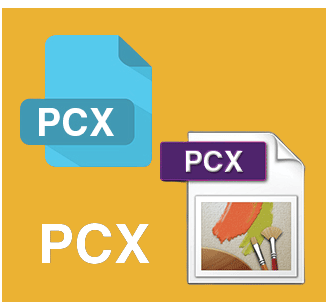
The PCX name refers to PiCtureeXchange. This file is utilized in Windows, particularly in the MS-DOS environment and in programs that support Windows. The first file format to support color images is this one. It can handle 256 colors. It is simple to read, use, and decompress the image file. It is appropriate for programs based on Windows and provides internal compression. However, this file's drawback is that web browsers do not support it. Dead formats, for the most part:PXR: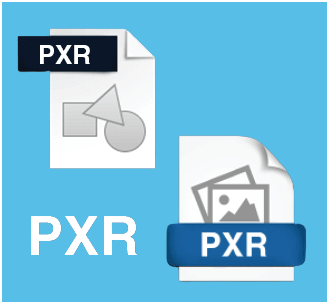
It is a raster picture format that is uncompressed. It has been mostly used for animation and medical imaging purposes and has the capacity to hold picture data in RGB or grayscale with 8 bits per channel. This image format is no longer as widely supported. BAT: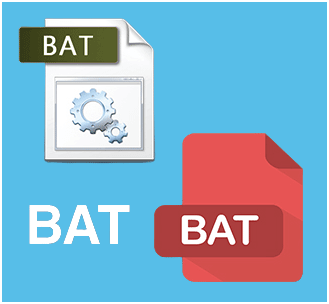
This format is widely accepted with the ISO designation. It has the ability to manipulate colors, compress data in various ways, and save metadata. This format is used less frequently because it receives minimal support, though.
Next TopicWhat is the ntdll.dll file
|
 For Videos Join Our Youtube Channel: Join Now
For Videos Join Our Youtube Channel: Join Now
Feedback
- Send your Feedback to [email protected]
Help Others, Please Share









